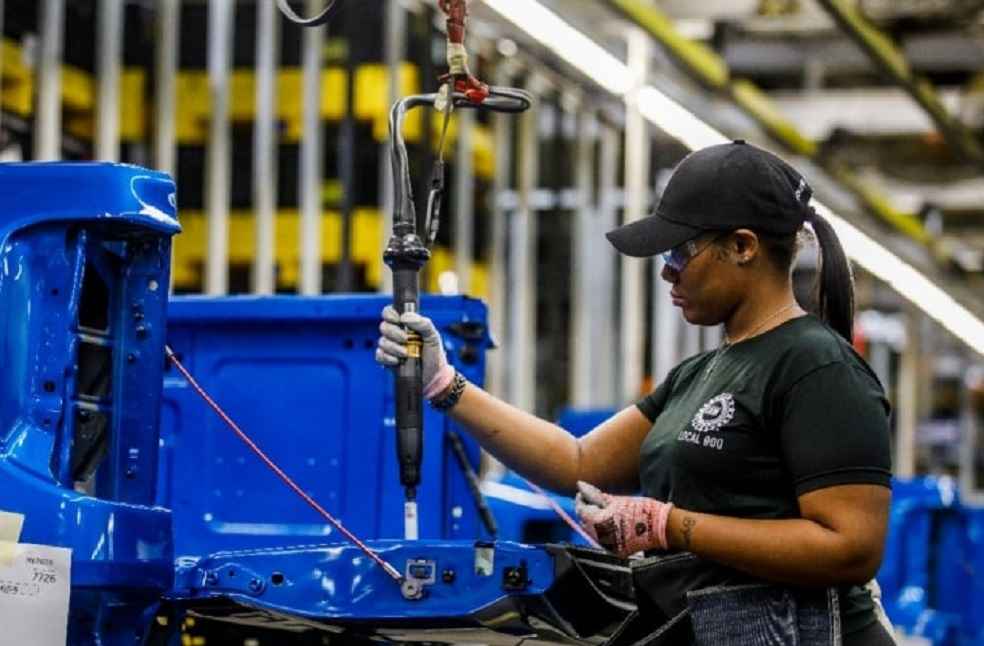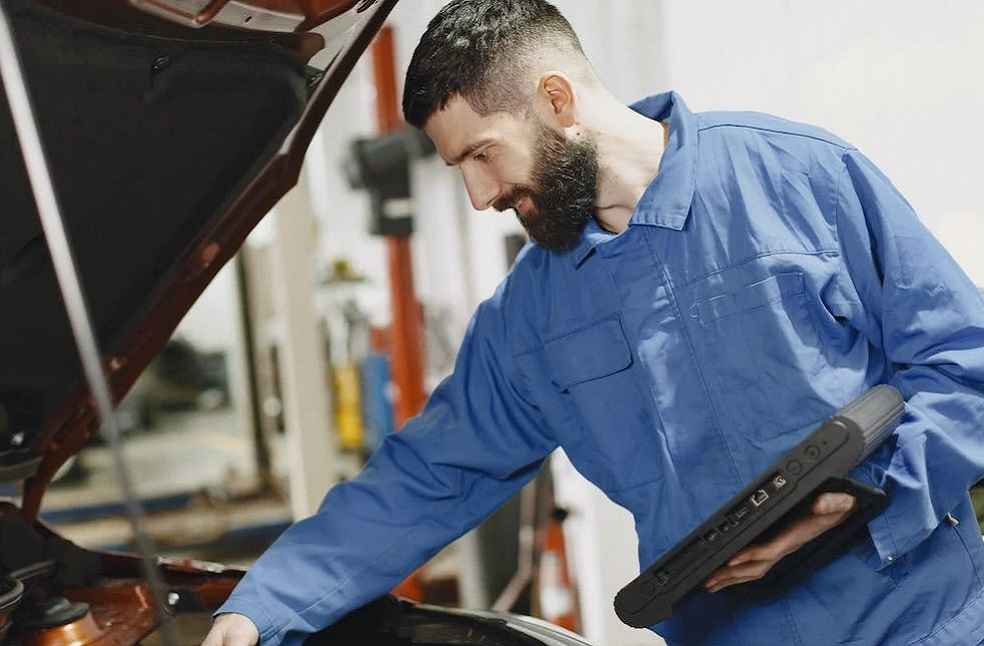Car repair costs are climbing sharply in 2025, rising 15% year-over-year, according to CNN. For drivers, this surge is creating added strain at a time of market uncertainty, as tariffs on auto imports and parts ripple through the industry.
Although new vehicle prices have not yet seen the full brunt of tariff impacts, repair expenses are increasing significantly. Analysts warn that the combination of economic pressure, technological complexity, and trade policies is making routine vehicle maintenance more expensive than ever.
A mix of factors is driving this spike. The average age of cars on U.S. roads continues to rise, meaning older vehicles require more frequent maintenance. At the same time, newer cars are packed with advanced technology that is harder to repair and requires highly skilled technicians, a resource in short supply. The technician shortage alone is amplifying labor costs, while tariffs are pushing up the price of imported replacement parts.

The impact of tariffs on the wider automotive industry is becoming clear. Ford expects a $3 billion tariff hit in 2025, Reuters reported, while Volkswagen plans to increase some model prices by up to 7%, according to MotorTrend. Although carmakers have tried to shield buyers from these costs, many are reaching a breaking point, and higher showroom prices are increasingly likely.
Market signals already point to rising costs. Kelley Blue Book data shows new car prices jumped 2.6% from July to August, the biggest one-month increase in nearly two years. While promotions and incentives remain available, analysts suggest drivers could face far steeper hikes if tariffs continue.

For consumers weighing whether to buy now, experts note that new cars lose up to 20% of their value in the first year, and ownership comes with higher insurance and registration fees. Gently used cars remain a strong value, even as demand grows. Models such as the Toyota RAV4, starting at $29,800, and the Ford F-150, at $38,810, are still holding relatively steady in affordability, with Ford benefiting from a strong pro-America sales campaign despite tariff pressures.
Economists warn that both repair and purchase costs could climb even further by 2026, with average tariffs projected to continue rising through 2028. For drivers, the financial burden of keeping vehicles on the road, or buying new ones, is set to become an even greater challenge in the years ahead.
EV WORLD | Chinese Carmakers Gain Record Hybrid Market Share in Europe





